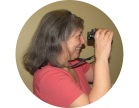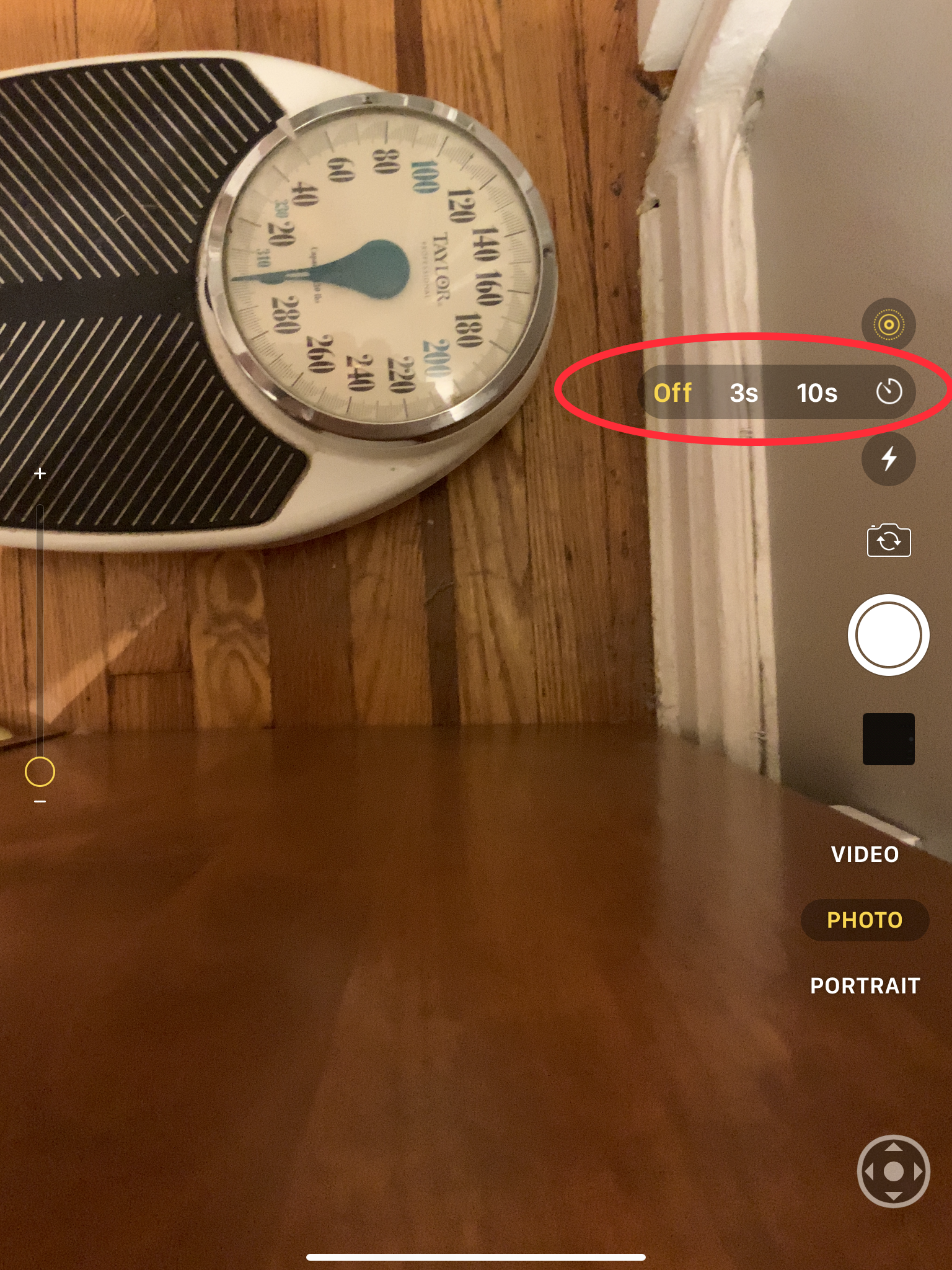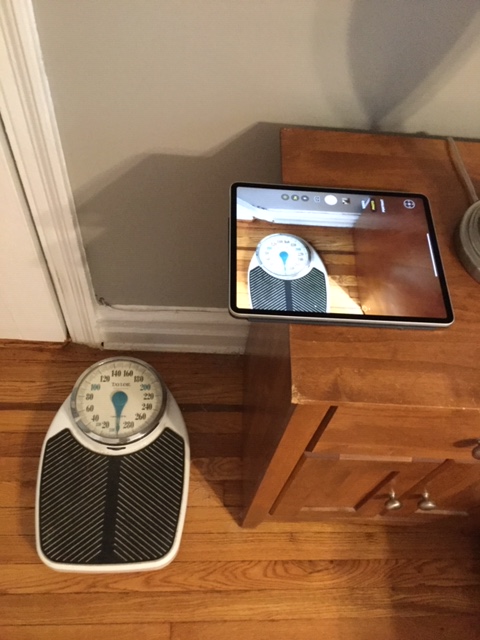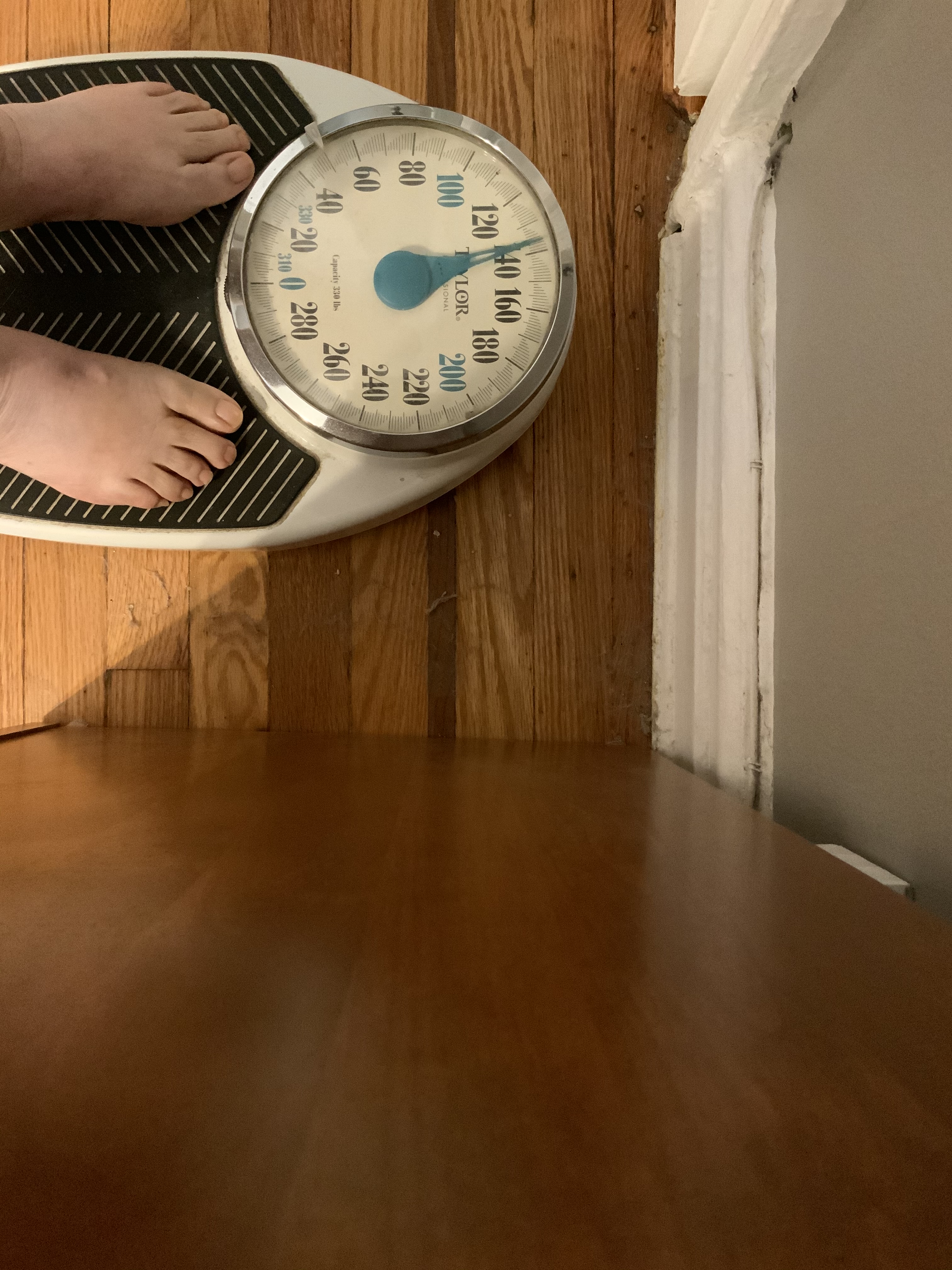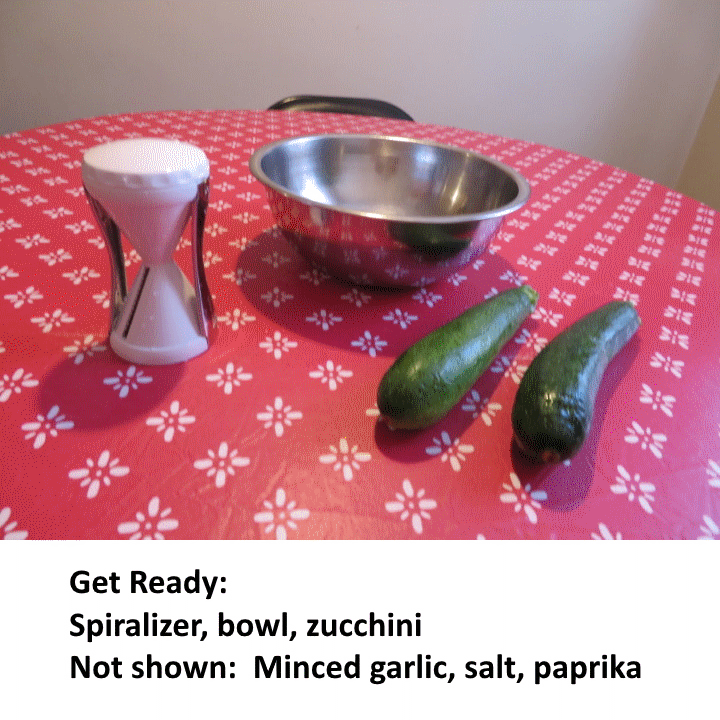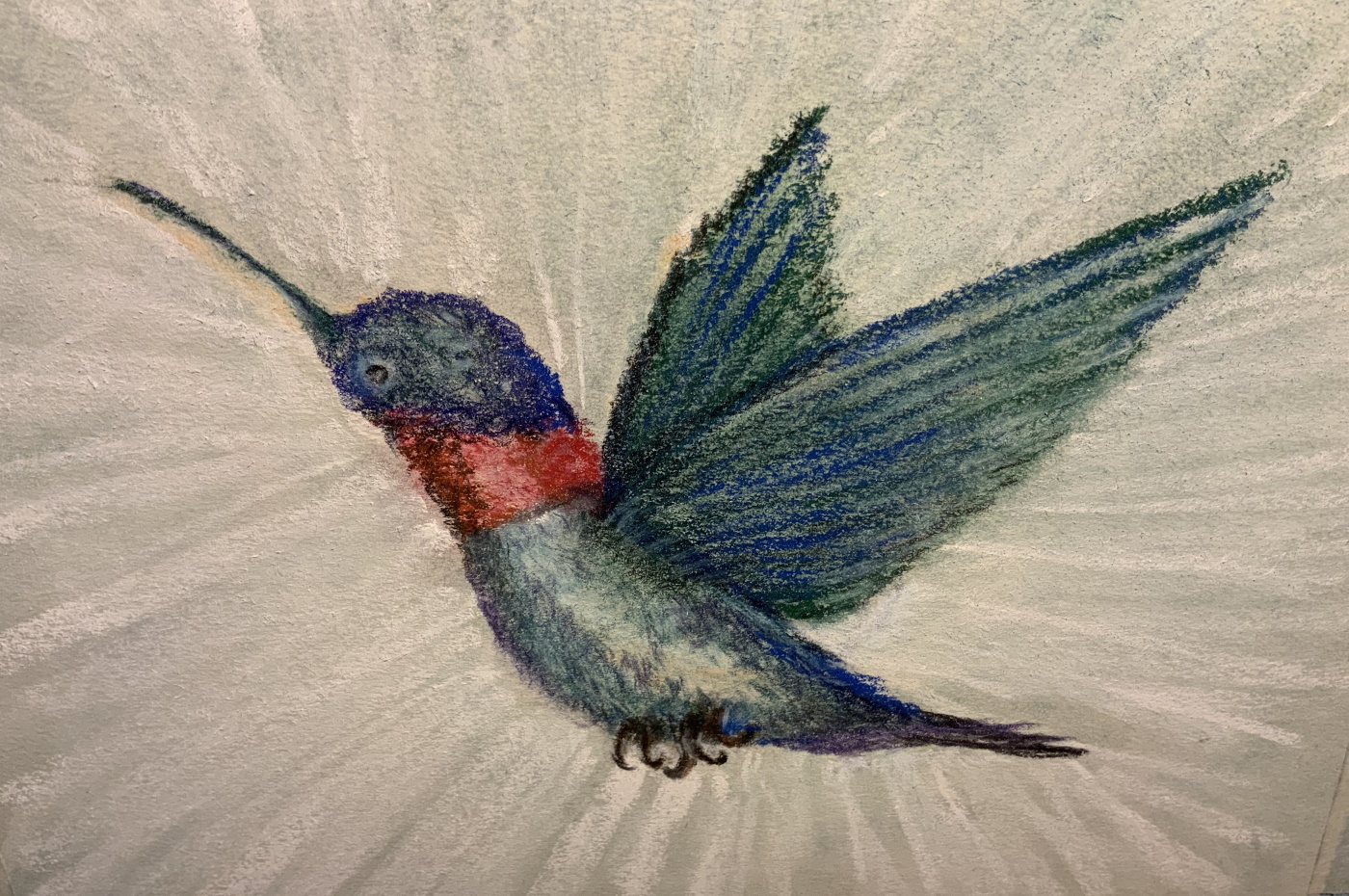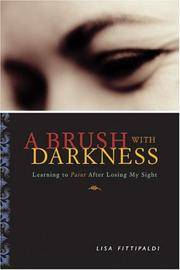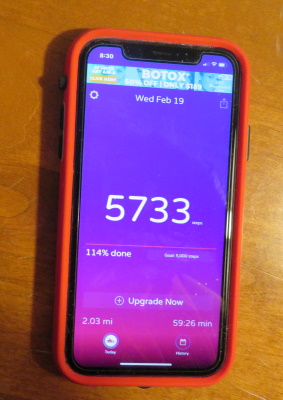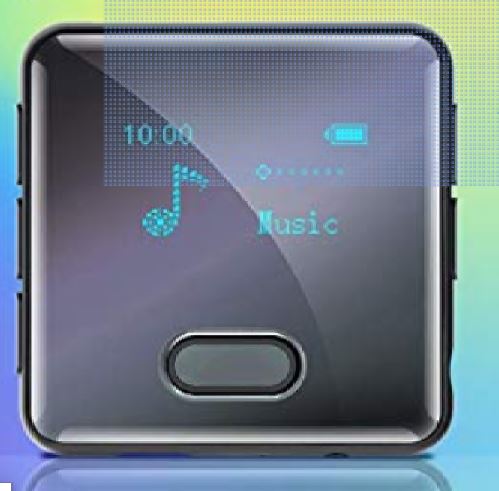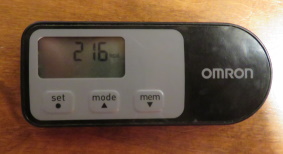
How many keys do you carry with you? I have four keys on my key ring. Sometimes it is hard to tell which key I need in the moment.
My four keys can be distinguished by size and shape. There is one small key, two medium sized keys, and one large key. Unlike the others, the large key has a square shape to it. It is the two medium sized keys that often pose a problem. Left in their original state, It is difficult to distinguish them due to their similar size and shape.
There are a number of ways to customize keys so that they can be distinguished by touch and by sight. Your vision can impose more specific needs. So here are some ideas.

- Place a bump dot at the top of the key used most often. A second key might have two bump dots, and a third might have a bump dot on the front and back of the top of a key. Bump dots are available in different sizes, shapes, colors, and textures,so finding what works bests for you offers many choices.
- Add braille by using a braille label maker. A brailled F for front door and a B for back door or M for mail might prove helpful. These are just suggestions to get you started.
- Paint the tops of your keys with nail polish. Nail polish is very durable. There are lots of colors to choose from, even glow-in-the-dark types. I painted my 2 medium sized keys with nail polish to differentiate them – one white, one a dark pink.
Customizing the look and feel of your keys could be your key to success.
